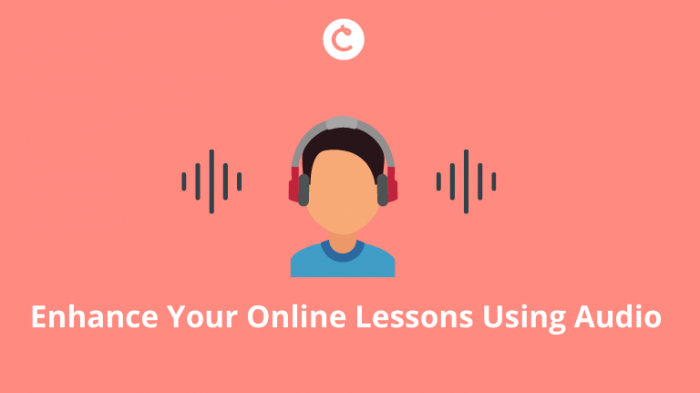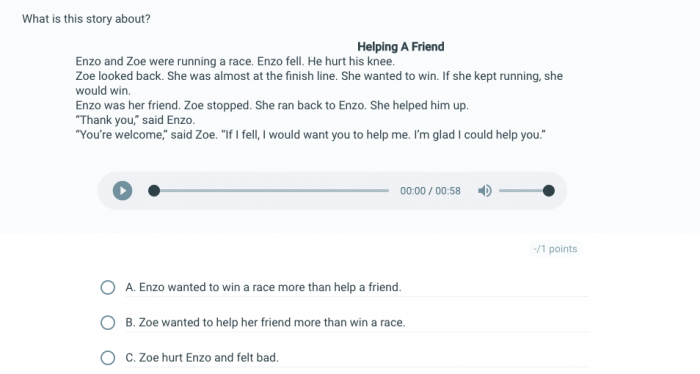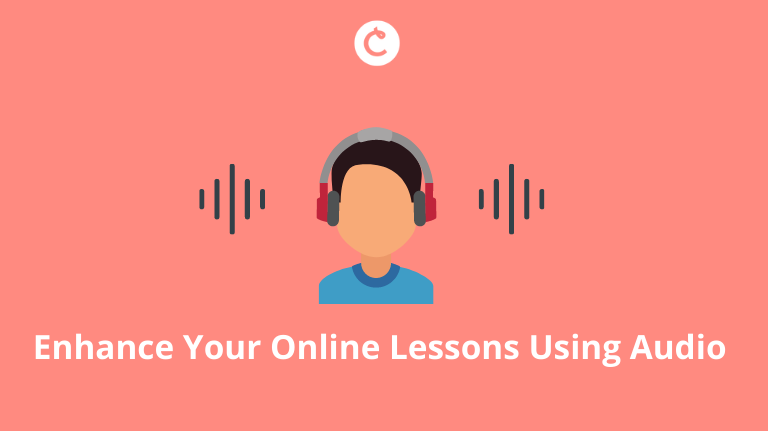Enhance Your Online Lessons with Audio

An impactful way you can enhance your online lessons today is by incorporating audio clips. Using audio and video tools in teaching is proven to have several advantages for both English language learners and non-English language learners. A study by The Center for the Improvement of Early Reading Achievement reveals that assisted reading involving audio can improve comprehension and, “enable children to read more difficult material than they might otherwise not be able to read, or may provide a manageable structure to enable increased amounts of reading.” Learn how educational consultant, Scott Houston, and Spanish teacher, Maria Derner, are using Classtime’s new audio feature to improve their assessments for students.
Audio for Better Reading and Language Comprehension
Scott Houston works with schools all across the United States. He most recently used audio in his Classtime question sets in early reading comprehension lessons for kids who need audio read aloud to them. For each question, he includes an audio clip of a passage being read aloud and then follows up with the audio of answer choices. This use of audio is used in his question set in Classtime’s Public Library titled “1st Grade Reading Comprehension w/Audio: Helping A Friend” which is shown below.

He has personally seen audio clips assist younger students like kindergarten and first graders along with foreign language learners. He also highlights the benefits of using audio for spelling. He states, “Those are the three places I can see it being most useful.”
Maria Derner, a middle Spanish teacher from Missouri, heavily relies on the audio feature to enhance her lessons, especially during distance learning. She spoke about her use of audio in her Classtime sessions. She describes using audio for giving directions and in assessments for spelling. Here’s the full conversation:
Maria describes her use of audio stating, “I can expose my students to a variety of accents so they can become familiar with different intonations. Audio saves me time when giving directions to students, and it allows me to reach my auditive learners as well. It is a powerful and useful tool for Sped and ELL students who need writing and speech accommodations.”
Audio for Increased Student Engagement and Gamification
Along with audio use for better language comprehension, it can be used to better engage students and gamify lessons. Scott Houston created a pop culture question set and included music clips in his questions. He describes, “If you want to do more gamification, a little bit more fun, you could create question sets where question one is academic and question two is more on the fun side like a name that tune or artist.”
Scott prefers using Classtime to upload audio as it is more personal and customizable. When describing Classtime’s audio feature he states, “There’s a lot of systems where if you press a button it will read you a question in a monotone form but this gives teachers the opportunity to put it in their own voice, to emphasize the reading to make it come alive a little bit more than some of those other websites that have an automated reading done.”
Audio has a unique ability to capture tone and voice where images and text can not. In an article by Edutopia describing how audio can boost classroom learning it is stated, “For narrative writing, audio recording gives students a chance to hear the colorful comparisons or folksy interjections in their speech so they have a vision of voice to take to the page.”


sigmaavit
May 6, 2024 at 12:41 pmIt’s true audio and visual learning have shown great impact on learnings.